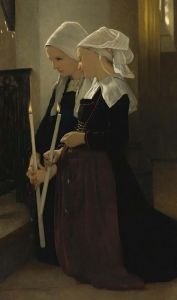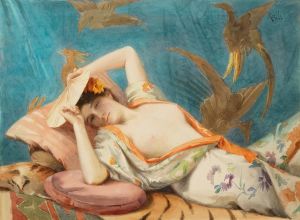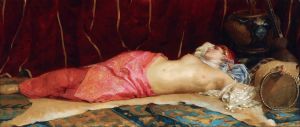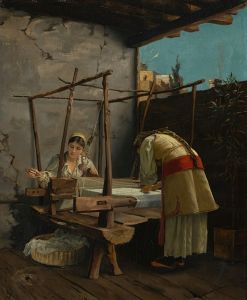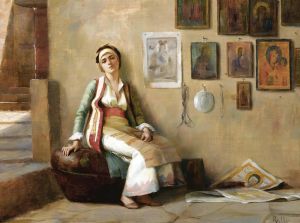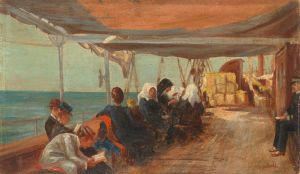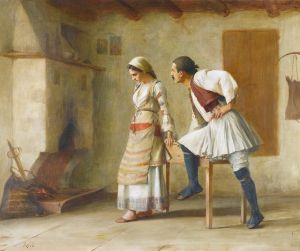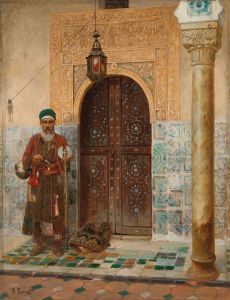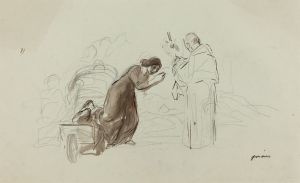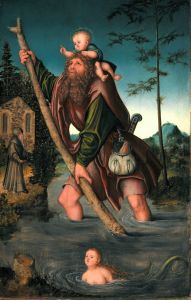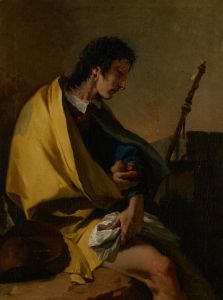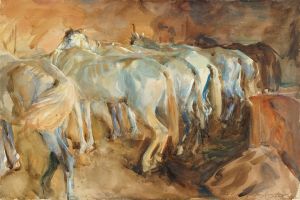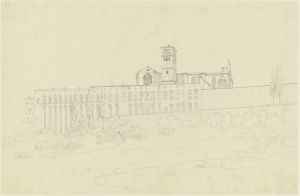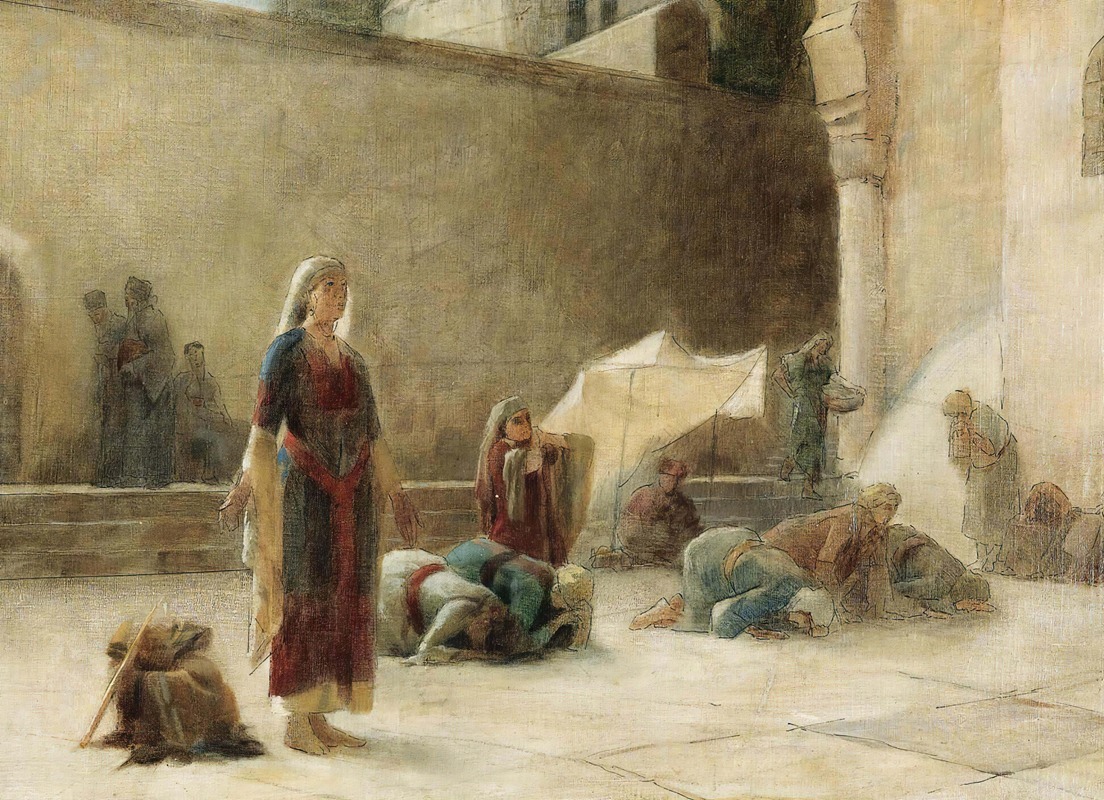
Le Parvis Du Saint Sepulcre a Jerusalem
A hand-painted replica of Theodoros Ralli’s masterpiece Le Parvis Du Saint Sepulcre a Jerusalem, meticulously crafted by professional artists to capture the true essence of the original. Each piece is created with museum-quality canvas and rare mineral pigments, carefully painted by experienced artists with delicate brushstrokes and rich, layered colors to perfectly recreate the texture of the original artwork. Unlike machine-printed reproductions, this hand-painted version brings the painting to life, infused with the artist’s emotions and skill in every stroke. Whether for personal collection or home decoration, it instantly elevates the artistic atmosphere of any space.
The painting "Le Parvis Du Saint Sepulcre à Jerusalem" by Theodoros Ralli is an evocative work that captures a scene from the courtyard of the Church of the Holy Sepulchre in Jerusalem. Theodoros Ralli, a Greek artist born in 1852, was known for his orientalist themes and detailed depictions of everyday life in the regions he visited. Ralli's works often reflect his travels in the Middle East and North Africa, where he drew inspiration from the diverse cultures and historical sites.
The Church of the Holy Sepulchre, located in the Christian Quarter of the Old City of Jerusalem, is one of the most significant religious sites in Christianity. It is traditionally believed to be the site of both the crucifixion and the tomb of Jesus of Nazareth. The church has been a major pilgrimage destination since its construction in the 4th century, commissioned by Emperor Constantine the Great and his mother Helena.
Ralli's painting likely captures the vibrant and bustling atmosphere of the church's courtyard, a place where pilgrims and locals alike gather. The courtyard, known as the parvis, serves as the main entrance to the church and has historically been a focal point for religious ceremonies and daily activities. In Ralli's time, the parvis would have been a lively area, filled with the diverse sounds and sights of people from various backgrounds and faiths.
Theodoros Ralli's artistic style is characterized by his attention to detail and his ability to convey the textures and colors of the scenes he painted. His works often exhibit a keen observation of light and shadow, bringing a sense of realism and depth to his compositions. In "Le Parvis Du Saint Sepulcre à Jerusalem," Ralli would have employed these techniques to capture the interplay of light on the ancient stones of the church and the varied attire of the people present.
Ralli was part of the Orientalist movement, a genre of art that depicted the Middle East, North Africa, and Asia through the eyes of Western artists. This movement was popular in the 19th century and often romanticized the cultures and landscapes it portrayed. While Orientalist art has been critiqued for its stereotypical and sometimes inaccurate representations, Ralli's works are noted for their respectful and detailed portrayal of the subjects he encountered.
Theodoros Ralli studied under the renowned French painter Jean-Léon Gérôme, which influenced his meticulous approach to painting. Ralli's works were well-received during his lifetime, and he exhibited in prestigious venues such as the Paris Salon. His paintings are now part of various collections around the world, appreciated for their historical and cultural insights.
"Le Parvis Du Saint Sepulcre à Jerusalem" stands as a testament to Ralli's skill in capturing the essence of a place steeped in history and spirituality. Through his art, viewers are offered a glimpse into the rich tapestry of life in 19th-century Jerusalem, a city that has long been a crossroads of faith and culture.





